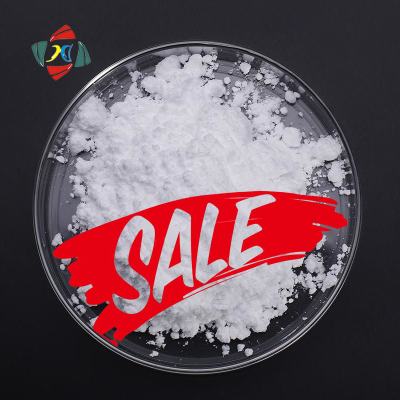-
Categories
-
Pharmaceutical Intermediates
-
Active Pharmaceutical Ingredients
-
Food Additives
- Industrial Coatings
- Agrochemicals
- Dyes and Pigments
- Surfactant
- Flavors and Fragrances
- Chemical Reagents
- Catalyst and Auxiliary
- Natural Products
- Inorganic Chemistry
-
Organic Chemistry
-
Biochemical Engineering
- Analytical Chemistry
- Cosmetic Ingredient
-
Pharmaceutical Intermediates
Promotion
ECHEMI Mall
Wholesale
Weekly Price
Exhibition
News
-
Trade Service
The production process of trisialologanglioside GT1B 3NA is a complex and multi-step process that involves various chemical reactions and purification techniques.
In the chemical industry, the production of this compound represents a significant challenge due to its complex structure, which consists of multiple functional groups.
The starting material for the production of trisialologanglioside GT1B 3NA is typically a simple sugar, such as glucose or fructose.
The first step in the production process is the activation of the sugar, which involves the conversion of the sugar into a more reactive form.
This is typically achieved through hydrolysis, which involves the breakdown of the sugar into its constituent monosaccharides using water and an acid catalyst.
Once the sugar has been activated, it is subjected to a series of chemical reactions that result in the formation of a series of intermediate compounds.
These intermediate compounds are typically unstable and require further processing to produce the final product.
The first intermediate compound is typically a glycosyl halide, which is formed by the reaction of the activated sugar with a halogen catalyst, such as chlorine or bromine.
The glycosyl halide is then transformed into a glycosylate through the reaction with a nucleophile, such as an amine or thiol.
The glycosylate is then converted into an acyl glycoside through the reaction with an acylating agent, such as an acid chloride or an anhydride.
The acyl glycoside is the first major intermediate in the production of trisialologanglioside GT1B 3NA and is typically unstable, making it necessary to purify the compound before further processing.
The purification of the acyl glycoside is typically accomplished through a variety of methods, including chromatography and crystallization.
The resulting purified acyl glycoside is then subjected to a series of chemical reactions that result in the formation of the final product.
The final step in the production process is the coupling of three acyl glycosides to form trisialologanglioside GT1B 3NA.
This step is typically accomplished through the use of a coupling agent, such as dicyclohexylcarbodiimide (DCC) or hydroxybenzotriazole (HOBT).
Once the coupling reaction has been completed, the product is purified through a series of chromatographic and crystallization steps.
The production process of trisialologanglioside GT1B 3NA is a complex and challenging process that requires a high degree of technical expertise and specialized equipment.
The process is typically carried out in a controlled environment to ensure purity and consistency of the final product.
The final product is then typically packaged and shipped to customers in the pharmaceutical and biotechnology industries for further processing and use in the production of drugs and other medical products.
Overall, the production process of trisialologanglioside GT1B 3NA represents a significant challenge in the chemical industry due to its complex structure and multi-step nature.
However, with the use of advanced technologies and specialized techniques, it is possible to produce this compound in high yield and with a high degree of purity.
This has significant implications for the development of new drugs and other medical products, making the production of trisialologanglioside GT1B 3NA a critical component of the chemical industry.







